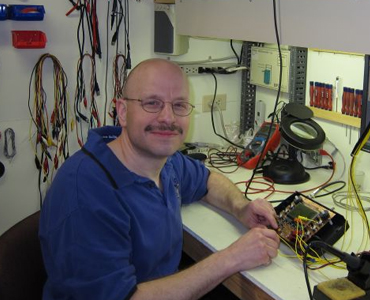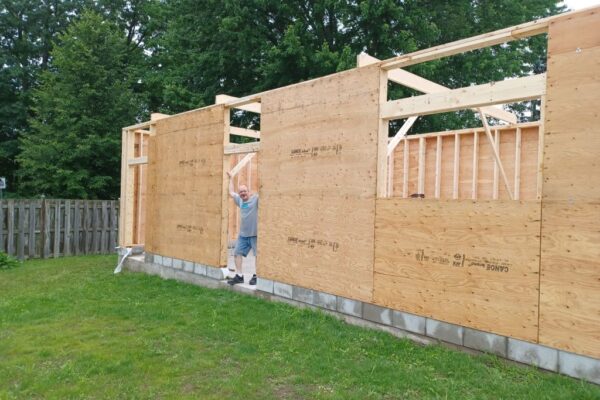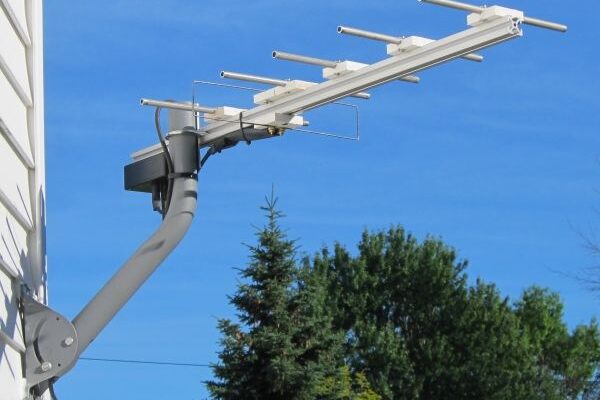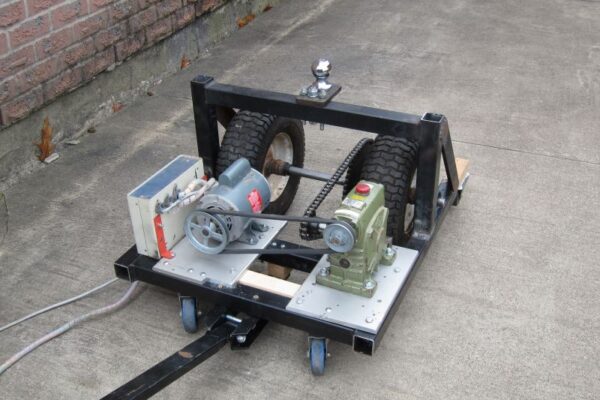Professor Mark Csele
Welcome to my little, cosy, corner of the web … oh yes, and the name ‘Csele’ is pronounced ‘Chelly’ or ‘Chell-eh’1
 Who am I?
Who am I?
I am a retired full-time professor at a small college in Niagara, Canada. I started teaching into the computer engineering technology program in the 90’s where I taught computer hardware including embedded systems (using both MCUs and DSPs). I have published a few articles in Circuit Cellar magazine along the way.
Later I moved to the photonics (laser engineering) program teaching laser physics and thin-film technology where I taught for about two decades. I have authored two books on lasers as well as an article in the Kirk-Othmer Chemical Encyclopedia.
What I do in my Personal Life
Now that I am retired, I don’t really have a professional life and so this site is pretty much about what I do in my personal life. A lot of pages outline my current interests however I have included several with things like past electronic projects and some bits-and-pieces that I still find interesting (like history, and some of my collection of vintage computers).
Having taught embedded development for many years, and worked professionally in the field as an engineer, I still enjoy building the odd electronics project and dabbling with embedded development but now as a hobby. I have a small collection of some vintage computer systems (including a DEC PDP-8/F, a PDP-11/34, and a few Ohio Scientific microcomputers), a few pinball machines (two were ‘rescues’ requiring a lot of time to restore), and a homebuilt MAME arcade machine. Without the need to do electronics and embedded development at work I don’t dabble as much with this as I once did …
… and my retirement sure doesn’t include building lasers (although that was a both a hobby many years ago and then a large part of my later career as a professor) . My biggest hobby nowadays is woodworking and to this end I am building a 600-square-foot shop in my backyard to allow me to expand from my current shop (in the basement) to a larger space so I can acquire better tools (like a large table saw) as well as space to work with larger stock (a nice, long area allowing planing and cutting of eight-foot-long stock).
1 The surname is of Hungarian extraction where a ‘CS’ is pronounced ‘CH’ and so ‘Chelly’ is about as close at it gets. My ethnic background is “Eastern European Hotdog” including Slovak, Hungarian, Romanian, German, and according to a genetic test Polish and Italian. BTW, the literal translation of ‘csele’ is ‘ruse’ as in a trick played during a sports game to throw the opposing team off. Not sure how that figures-in to the bigger scheme of things but that’s the way it is.



